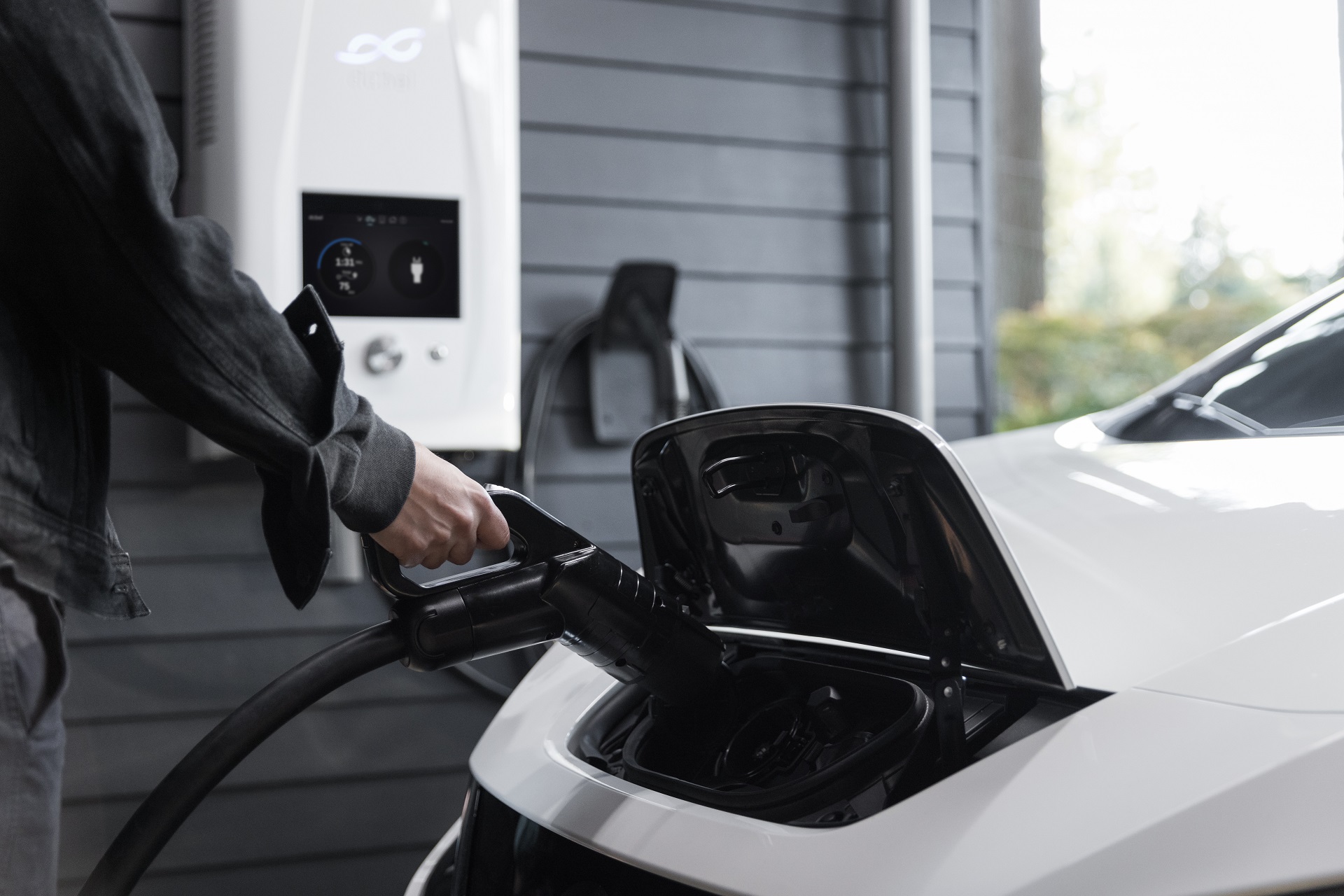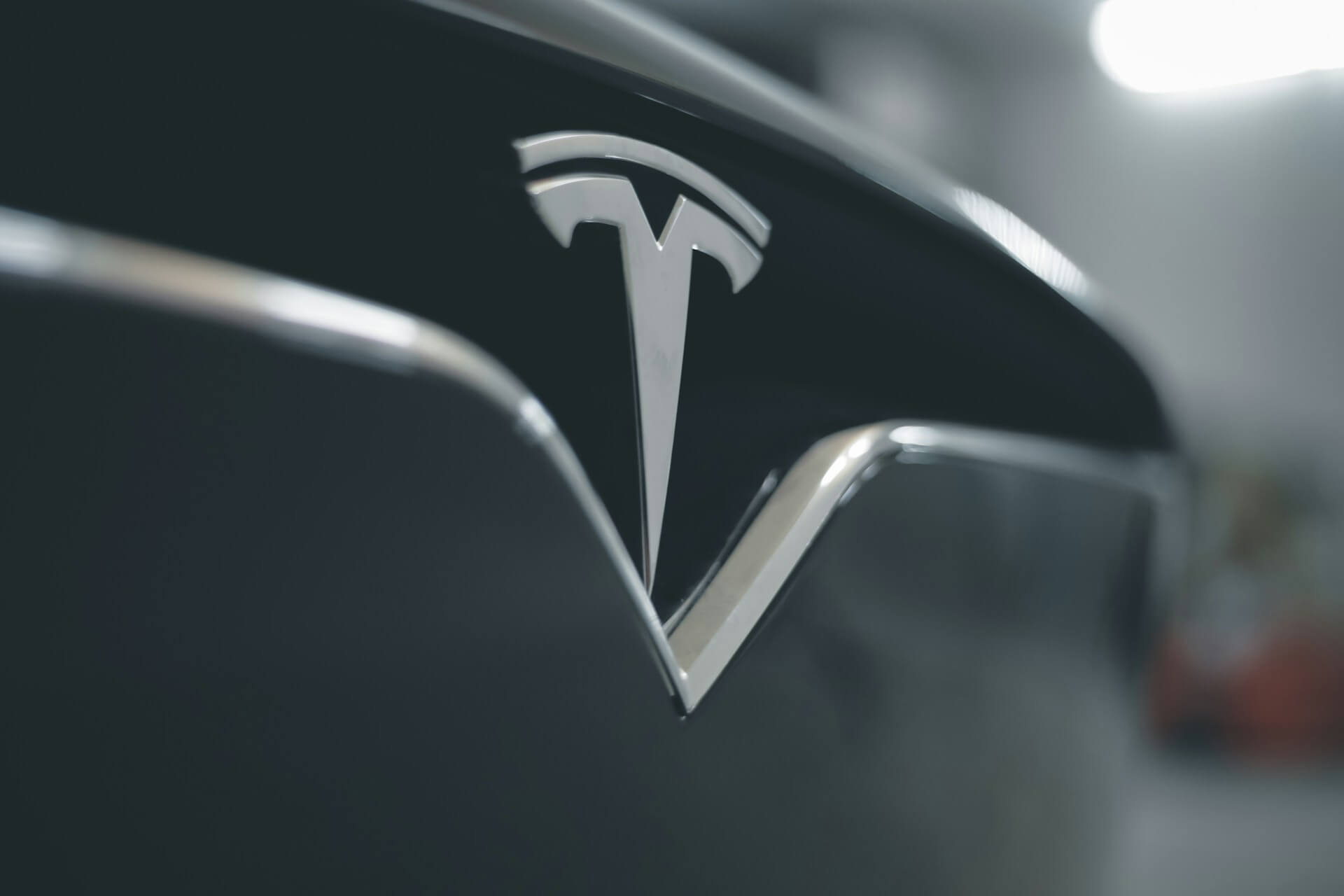The Advantages of Electric Vehicles
Apr 28, 2023

As an Amazon Associate, Modded gets commissions for purchases made through links in this post.
With the many incentives for electric vehicles, it’s making more and more sense to own one in the 21st century. The Biden administration has set a goal to make at least 50% of all vehicle sales electric vehicles by 2030. To that end, President Biden signed the Infrastructure Investment and Jobs Act.
The act contains $7.5 billion in funding for reinforcing EV infrastructure programs, such as building more charging stations across the U.S. This means even rural areas will eventually have access to electric vehicles and charging stations.
So does that mean 2023 is the year to switch to EV? There are undoubtedly many significant advantages electric vehicles have over conventional ones.
Energy Security
Energy conservation is an essential advantage of electric vehicles. While the U.S. is still heavily dependent on fossil fuels for most of its infrastructure, that is changing rapidly. Global events such as climate change, the COVID-19 pandemic and the conflict in Ukraine are causing a steady decline in gas usage as the government invests more in sustainable energy.
While conventional vehicles still see greater usage today, investing in an electric car now is a way to prepare for the future. EVs are generally more energy efficient than conventional vehicles. No surprise since they are built from the ground up with energy efficiency in mind.
Electric vehicles include regenerative energy technology, which recycles energy generated by your brakes back into the battery. They also have systems that turn the car off when idle and switch it back on again as soon as you need it.
Positive Impact on the Environment
One of the most significant advantages of electric vehicles is zero emissions. Conventional vehicles emit 4.6 metric tons of carbon dioxide annually—contributing to 41% of harmful emissions.
Electric vehicles produce zero emissions because they don’t use fossil fuels — running entirely on electricity. Even hybrid vehicles, which use a combination of EV battery and gas, can still cut down on emissions. Reducing lower emissions is key to fighting unnatural climate change.
Since President Biden took office, widespread adoption of electric vehicles has been the goal of the Biden administration. In addition to the Infrastructure Investment and Jobs act, the President signed an order to switch all vehicles used by federal organizations to electric or hybrid configurations by 2027.
These federal organizations include the postal service and emergency response units. In total, there are an estimated 645,000 vehicles in the fleet. These produce more than seven billion pounds of greenhouse gas emissions. Therefore, reducing the amount of gas the federal fleet uses is essential for curtailing the country’s carbon footprint.
Less Maintenance
Electric vehicles, on average, need less maintenance than conventional vehicles. This is because the advanced EV technology uses fewer moving parts for the engine. It also means fewer parts in the car, reducing the number of repairs needed.
Gasoline engines need regular maintenance due to grime and residue from burning gas building up in the system, potentially causing a malfunction. On the other hand, the machines in electric vehicles don’t burn anything to function, which means they last much longer and require less maintenance than a conventional engine.
No gas engine also means no tailpipes, timing chains and no oil. Removing these parts means fewer trips to the mechanic and less money spent.
The most common maintenance point is the battery, which is much more sensitive than the 12-volt batteries in conventional vehicles. Tires and brake maintenance are some issues that electric and gas-powered vehicles share. The computer system in an EV will also require a specialist to maintain as each manufacturer uses a different operating system in their vehicles.
Government Tax Rebates
Although the government is investing more in electric vehicles, did you know that they might actually pay you to buy an EV? Purchasing specific electric vehicles models like those from
Tesla and Toyota might qualify you for a $7,500 tax credit.
In order to qualify, you have to buy an electric vehicle for your use and drive it primarily in the
U.S. In addition, your annual gross income may not exceed $300,000 for married couples, $225,000 for heads of households and $150,000 if you are neither.
In addition, the credit is nonrefundable — meaning you can’t get back more on the credit than you owe in taxes. You also can’t apply any excess credit to future tax years.
Range and Power
While this is another area constantly improving, it is a common belief that electric vehicles cannot travel as far as conventional vehicles. While this might be true of most EV models, plenty of electric vehicles can keep up with their gas-powered counterparts in terms of range — up to 410 miles without charging.
Some Reasons to Wait Until Later to Own an Electric Vehicle
To ensure you’re as informed as possible about purchasing electric vehicles, here are some reasons you might want to hold off until later.
Prices are Still High
It’s no secret that prices for electric vehicles might be out of the range of the average consumer — especially with the current economy. However, there are several vehicles currently on the market at affordable prices. These can range from plug-ins to battery cell operated.
Long Charging Times
Another reason to wait longer to buy an electric vehicle is the long charge times at EV stations. Although there has been a big push to increase the availability of charging stations, it can still take around 20 minutes to charge an electric vehicle fully. However, like EVs, this technology is constantly improving.
Electric Vehicles are the Way of the Future
Whether you decide that now is the time to go electric or wait until later, there’s no doubt that electric vehicles are here to stay. There are so many advantages electric vehicles have over conventional vehicles — from lower maintenance cost to reducing your carbon footprint. With support from the government, it’s only a matter of time before the U.S. goes fully electric.





